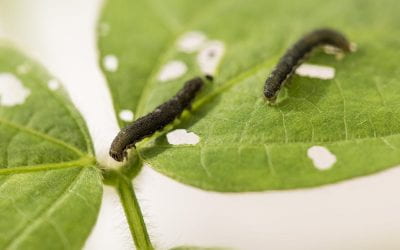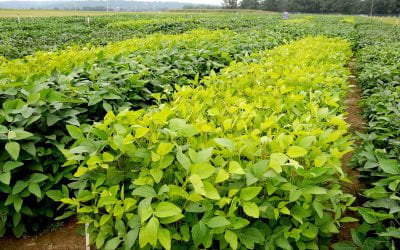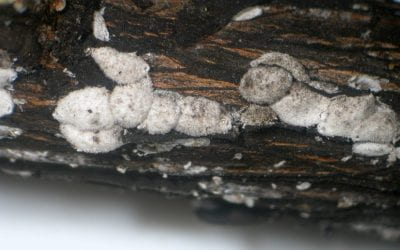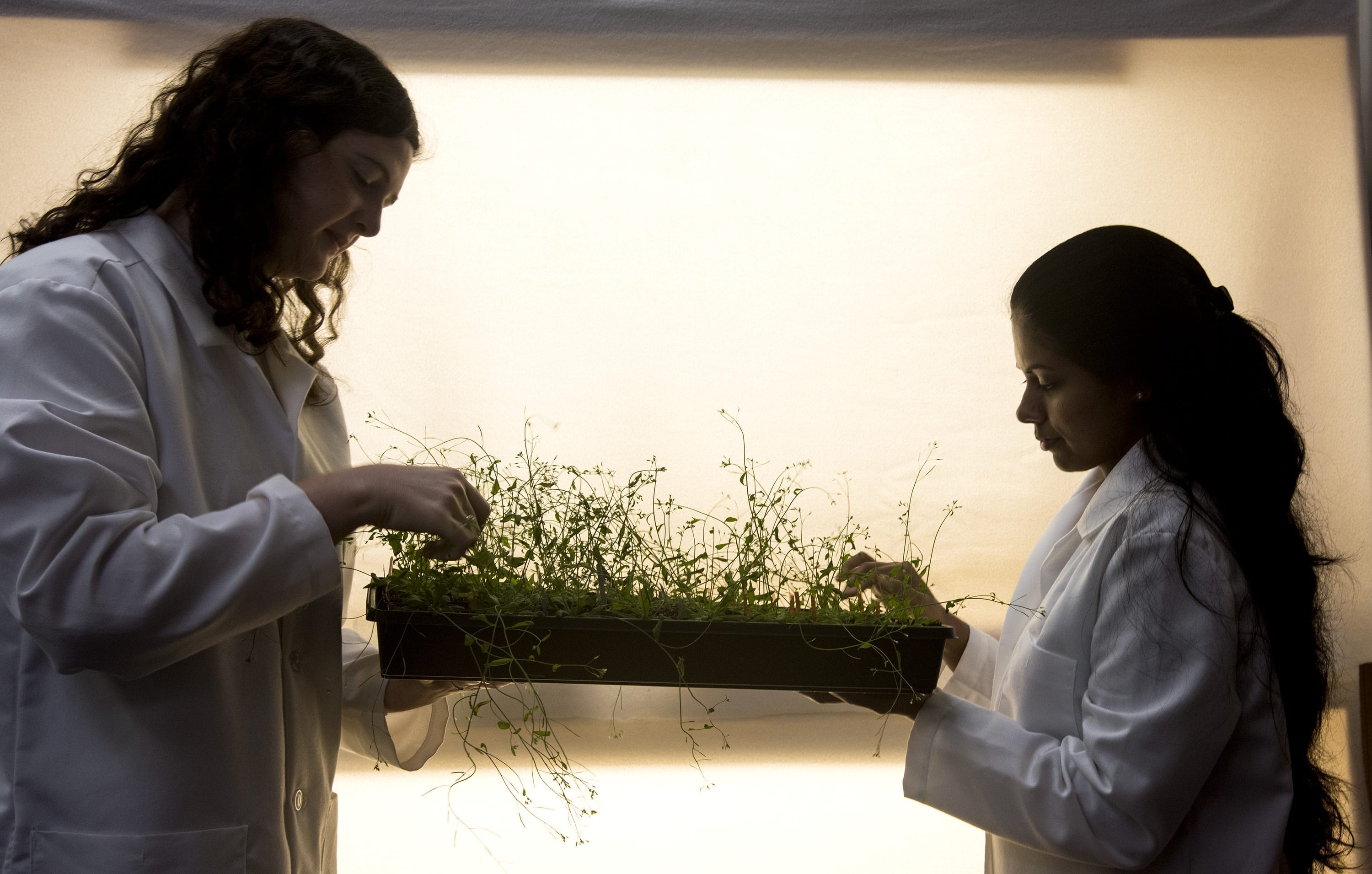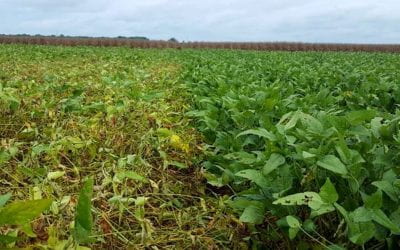Plant Production
Scientists Investigate Intersection of Salt, Insect Stress in Soybeans
Chlorides, or salts, occur in soils and water sources in many areas of the United States, including much of eastern Arkansas. Soybeans grown in high chloride environments are subject to salt stress …
Genetic Discovery May Improve Soybean Drought Tolerance
Every year, drought impacts agricultural yield in some part of the world. Soybean, one of the most widely-grown crops on earth, is no exception. When drought conditions strike and yield falls, growers suffer economically…
Molecular Diagnostic for I.D. of Crape Myrtle Bark Scale Insect
Crape myrtle bark scale is an insect pest of crape myrtle, one of the most popular flowering shrubs in the U.S. Since first detected in Texas in 2004, this pest has spread to 12 states, including Arkansas, causing …
Crop Plant Cellular Response to Aphid Pest
Both garden and crop plants are targeted by more than 4,000 species of aphids that feed on their sap. Many of these 4,000 species can tolerate pesticides and reduce their exposure to chemicals by residing on the underside of leaves…
Site-Specific Root Knot Nematode Control in Soybeans
Root knot nematodes are microscopic parasites that attack plants at their roots, resulting in swollen root nodules called “galls” that disrupt the flow of water and nutrients through the roots and bind up energy that would otherwise…

